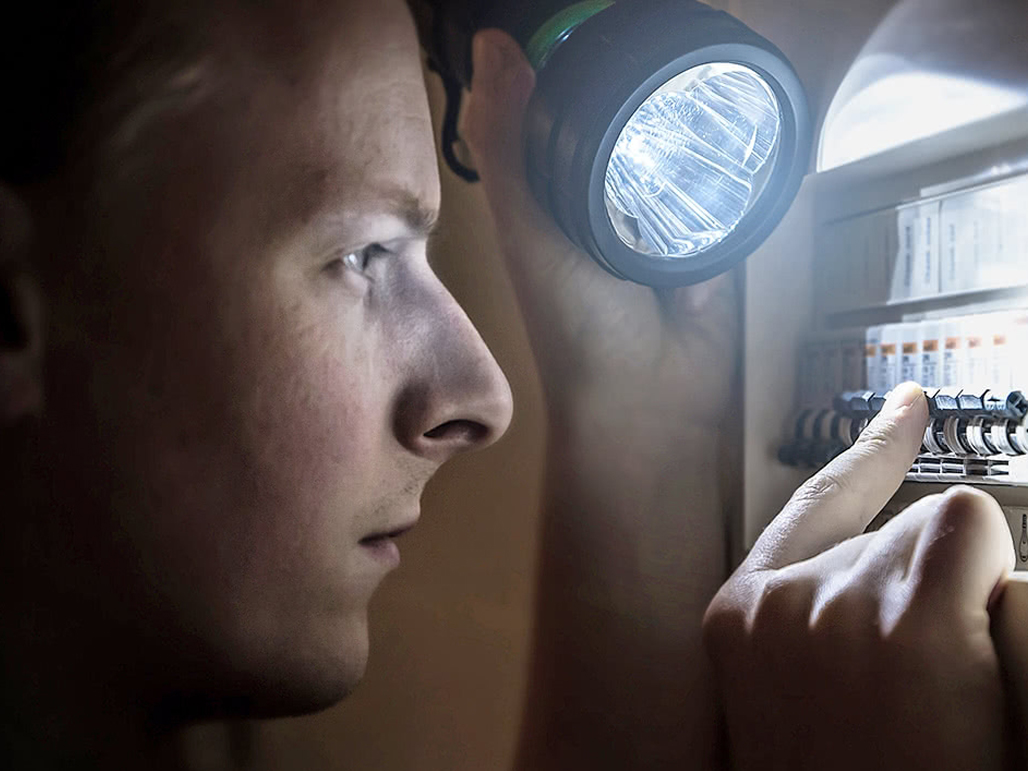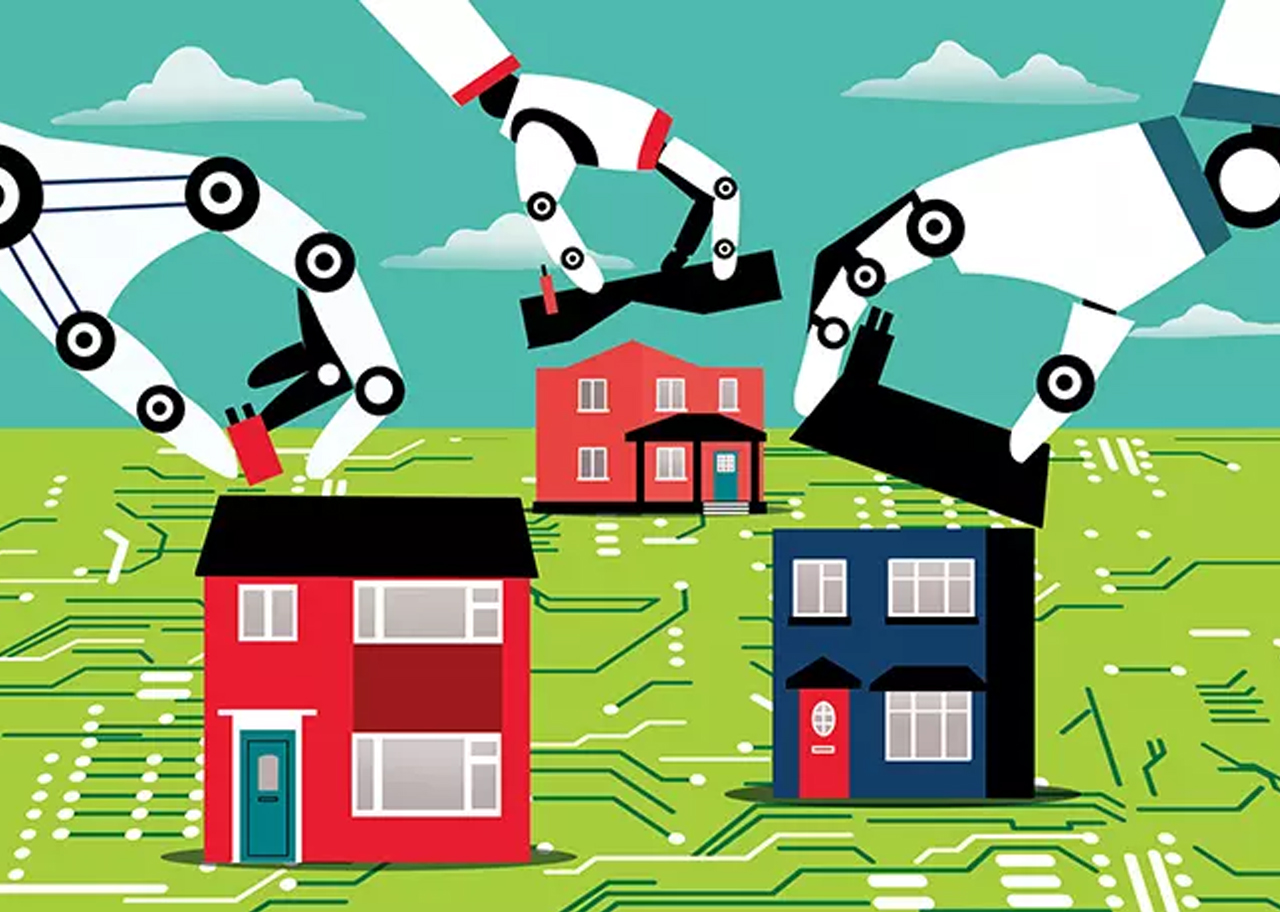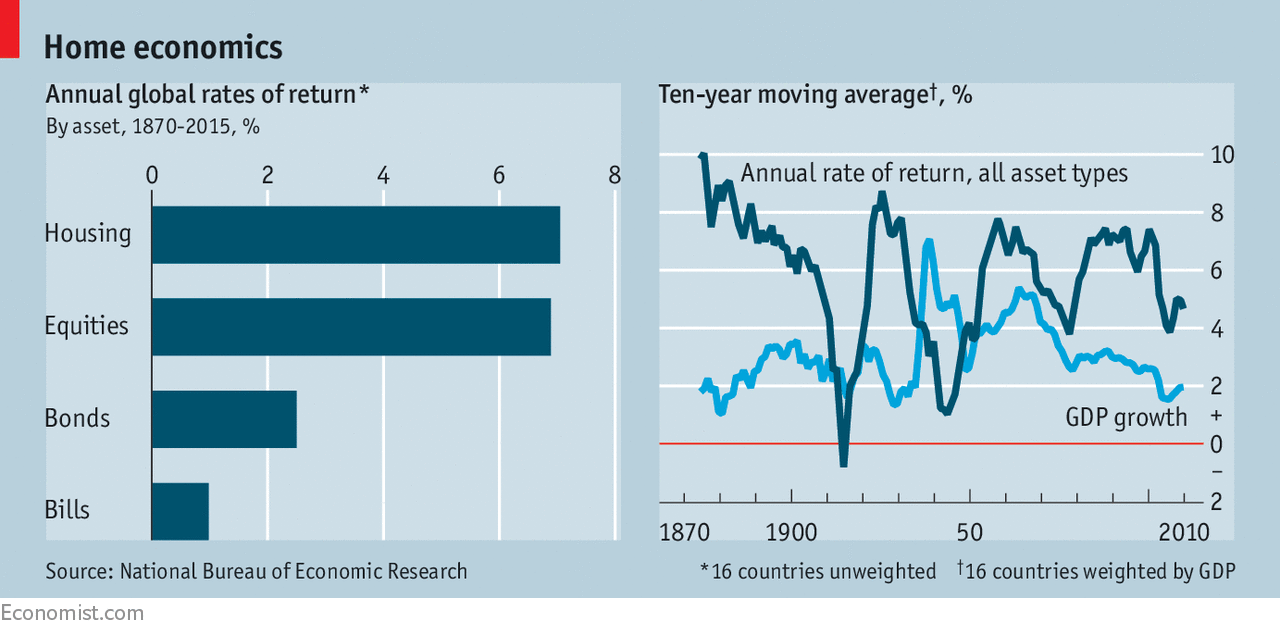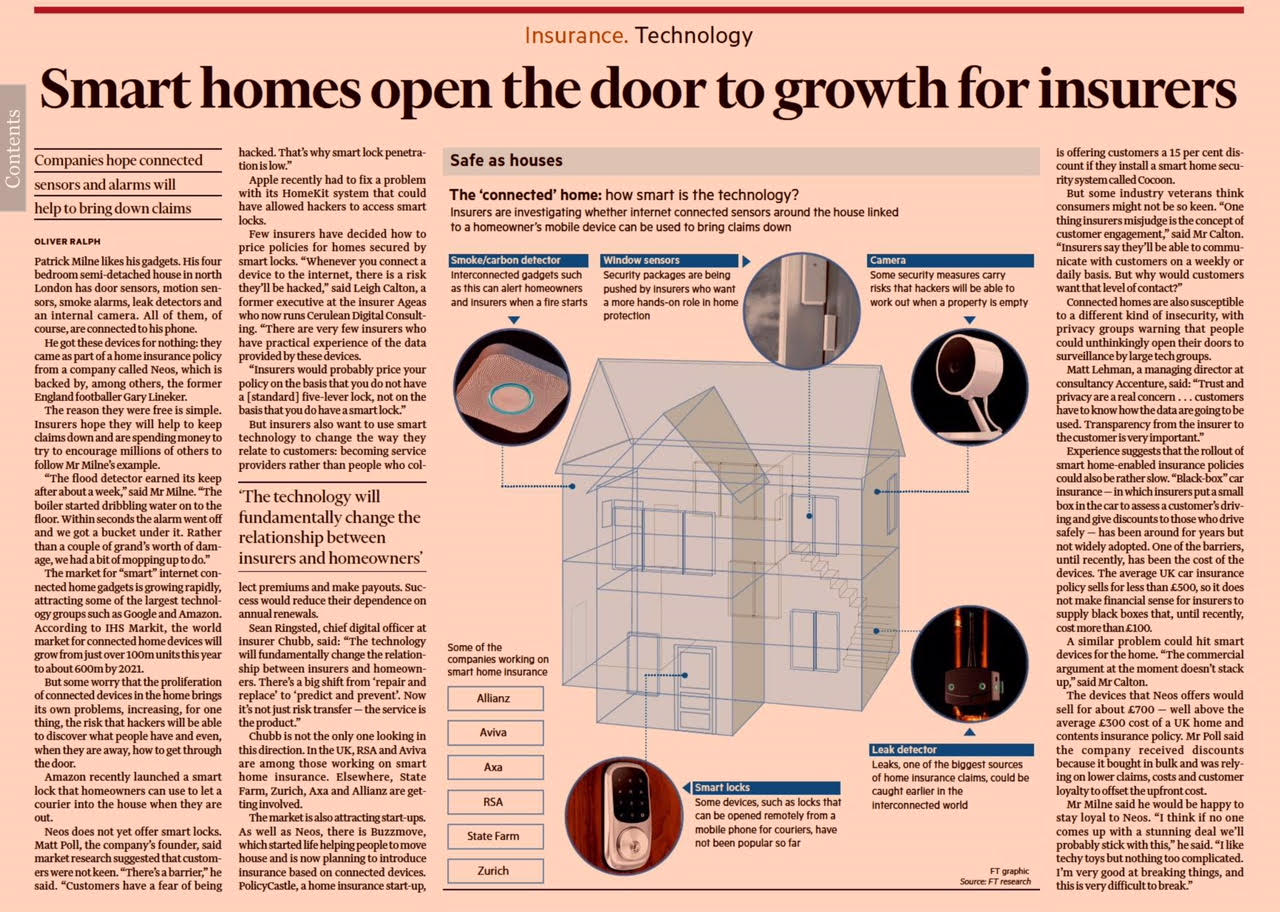Smart circuit-breakers for energy-efficient homes

IN THE future, homes will use electricity much more sensibly than they do now: turning the lights off automatically when no one is around; adjusting the heating regularly to suit a householder’s daily routine; making sure the electric car is charged up using off-peak rates; even drawing power from the car’s battery in the event of a grid outage. A variety of plug-in devices can already do some of these things. Yet lurking in every home, usually in a dark cupboard or down in the basement, is a humble piece of equipment that, with a bit of tweaking, could replace them all with a single command centre.
The equipment concerned is often referred to as a fuse box, although nowadays it is unlikely to use actual fuses—strands of wire that cut off the current by melting in the event of a power surge. Instead, such boxes contain a panel of electromechanical switches called circuit breakers. Typically, a breaker contains an electromagnet through which the current flows. If that flow exceeds a set level, the electromagnet becomes sufficiently energised to throw a mechanical switch, which breaks the circuit. A circuit breaker responds faster than a fuse, and can also be reset manually instead of having to be replaced.
Circuit breakers are thus essential to help prevent electrical fires and stop people from being electrocuted. But they also serve as a distribution point for all the wires in a house, with breakers monitoring the lights and power sockets in different rooms, and separate breakers regulating some individual appliances, such as cookers and water heaters. This makes the breaker box an ideal place from which to manage energy use.
To make such management work, though, the breakers need to become “smart”. One way to do that is to add electronics to them. This is what Eaton, a multinational, is attempting in a trial taking place in America with a dozen utilities and the Electric Power Research Institute, an industry body. Eaton’s modified breakers have been installed in about 80 buildings, where they are monitoring and controlling power supplies remotely. The breakers, which use encrypted internet connections, can also meter each circuit separately. That permits a much broader analysis to be made of a building’s power consumption and might in the future allow utilities to offer different tariffs for circuits powering different things, says Ron Thompson, one of the project’s leaders. A second phase of the trial will begin next year, to develop more applications. So far, the most popular ones control heating, air conditioning, water heaters and recharging electric cars.
Manetos Labs, a Swedish firm, is going even further than this, by developing a digital circuit-breaker. That has been made possible by advances in high-power semiconductors, which allow “solid-state” circuit breakers, with no moving parts, to be built. These would act as direct replacements for electromechanical ones.
Breaker dancing
A digital breaker has several advantages. Its lack of mechanical parts should make it both safer and more reliable. It can cut a circuit in just 250 nanoseconds, which is substantially faster than a mechanical version, says Trued Holmquist, a Swedish information-technology entrepreneur who helped found Manetos. The programs it uses to control, measure and communicate with appliances could be updated over the internet, letting new features be added as they are developed. And, as with most smart-energy services, these could be controlled by a smartphone app.
The level of detail smart breakers look at is impressive. Mr Holmquist says that his can, for example, measure the revolutions-per-minute of the compressor in a refrigerator. Not only would this let an app monitor how hard the appliance is working, it could also give warning if that appliance was about to break down.
A useful innovation, then, but one only likely to be taken up if the price is right. To this end Manetos has teamed up with Flex, an American firm that is one of the world’s largest contract manufacturers, to work out how to make solid-state breakers as cheaply as possible. The plan is to consolidate the electronic circuits into a single chip that can be mass-produced for a few dollars. Breakers using such chips should, Mr Holmquist reckons, be competitive with mechanical ones.
Other firms are taking a different approach to the question of price, by seeking customers willing to pay a premium for a solid-state breaker’s virtues. Atom Power, in North Carolina, is aiming the digital breakers it is developing at commercial and industrial buildings, where it thinks their benefits will be higher than in homes.
One of the advantages of a solid-state breaker is that it removes the risk of arc flashes—electrical discharges that can run through the air when a switch is thrown. Such sparks are particularly hazardous if there are combustible materials around, which is more likely in an industrial than a domestic setting.
Siemens, a German electricals giant, reckons digital breakers show “great promise” and has taken a stake in the company. Atom’s engineers have not given up on the domestic market, though. They hope residential versions will be practical once production volumes grow. Eaton also thinks that, at some point, the time for digital breakers will come.
There is, however, one other obstacle besides price to the uptake of domestic digital breakers: the regulators. These people, naturally and sensibly conservative, tend to be more in tune with mechanical than digital breaker systems. Their certification is necessary before products can go on sale. To deal with that problem, Manetos has a trick up its sleeve. Its first digital breakers will also incorporate an old-fashioned fuse. With this as a backup, the system should pass existing tests with flying colours. Mr Holmquist is confident, though, that the fuse will never be needed. Manetos will offer a lifetime guarantee it will not blow.
source economist.com
© Getty images









